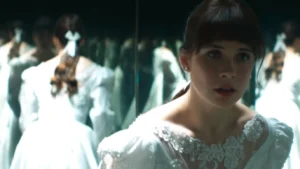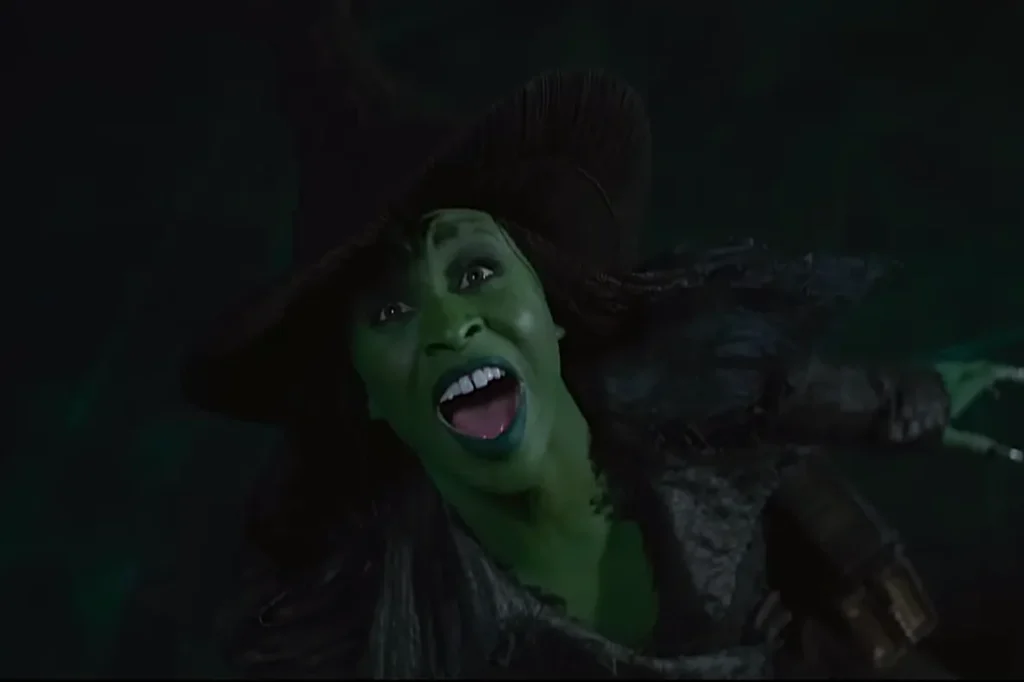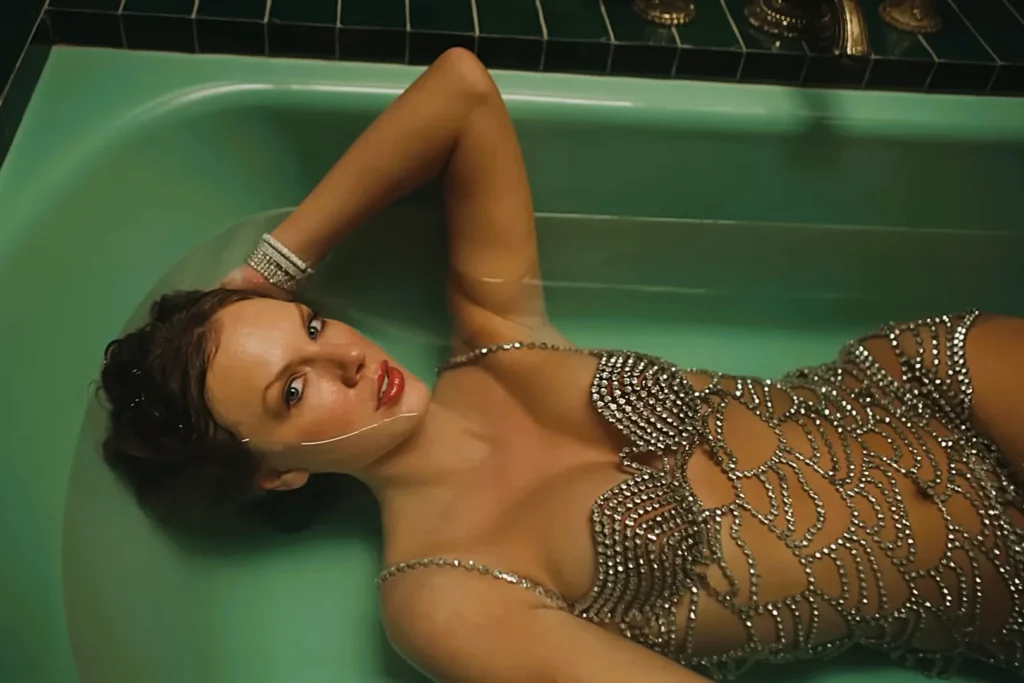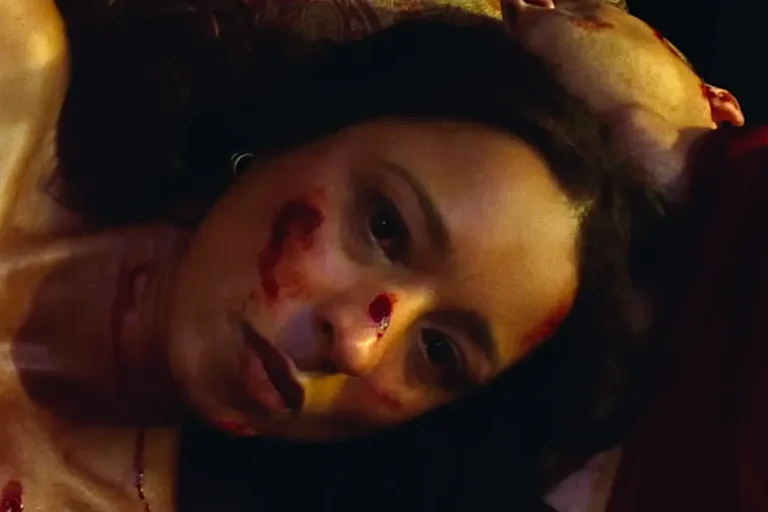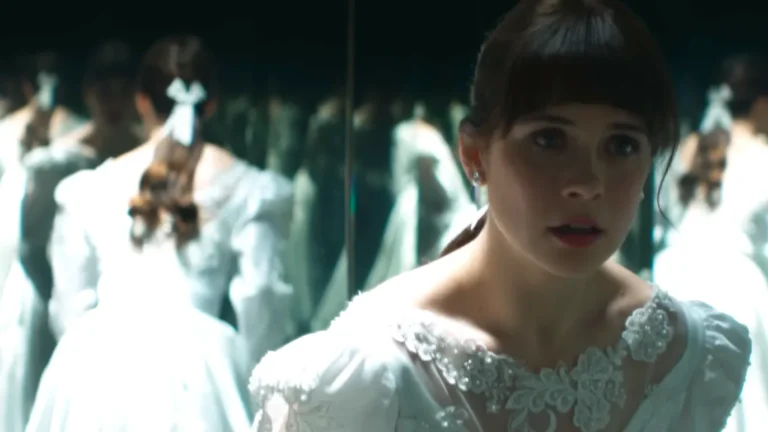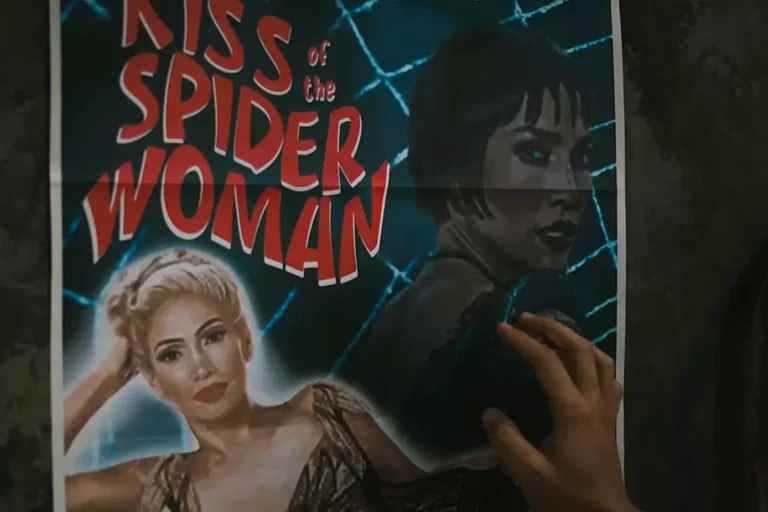Summary
-
The 2025 Kiss of the Spider Woman reinvents the story as a stylized musical-drama hybrid, blending political realism and fantasy.
-
Jennifer Lopez’s expanded role and Bill Condon’s direction reframe the narrative through a modern queer lens.
-
Unlike the 1985 film and Broadway version, the Netflix adaptation uses diegetic music and a more hopeful, emotionally direct tone.
Netflix’s Kiss of the Spider Woman (2025) revives one of the most iconic stories of love, politics, and escapism with a distinctly modern twist. Directed by Bill Condon and starring Jennifer Lopez, Diego Luna, and Tonatiuh, this adaptation takes bold creative liberties, reimagining both tone and structure. Unlike the 1985 film and the Broadway musical, it embraces overt queerness, cinematic spectacle, and a grounded political backdrop.
How Does the Netflix Film’s Tone and Musical Approach Differ from the 1985 Movie and Broadway Show?
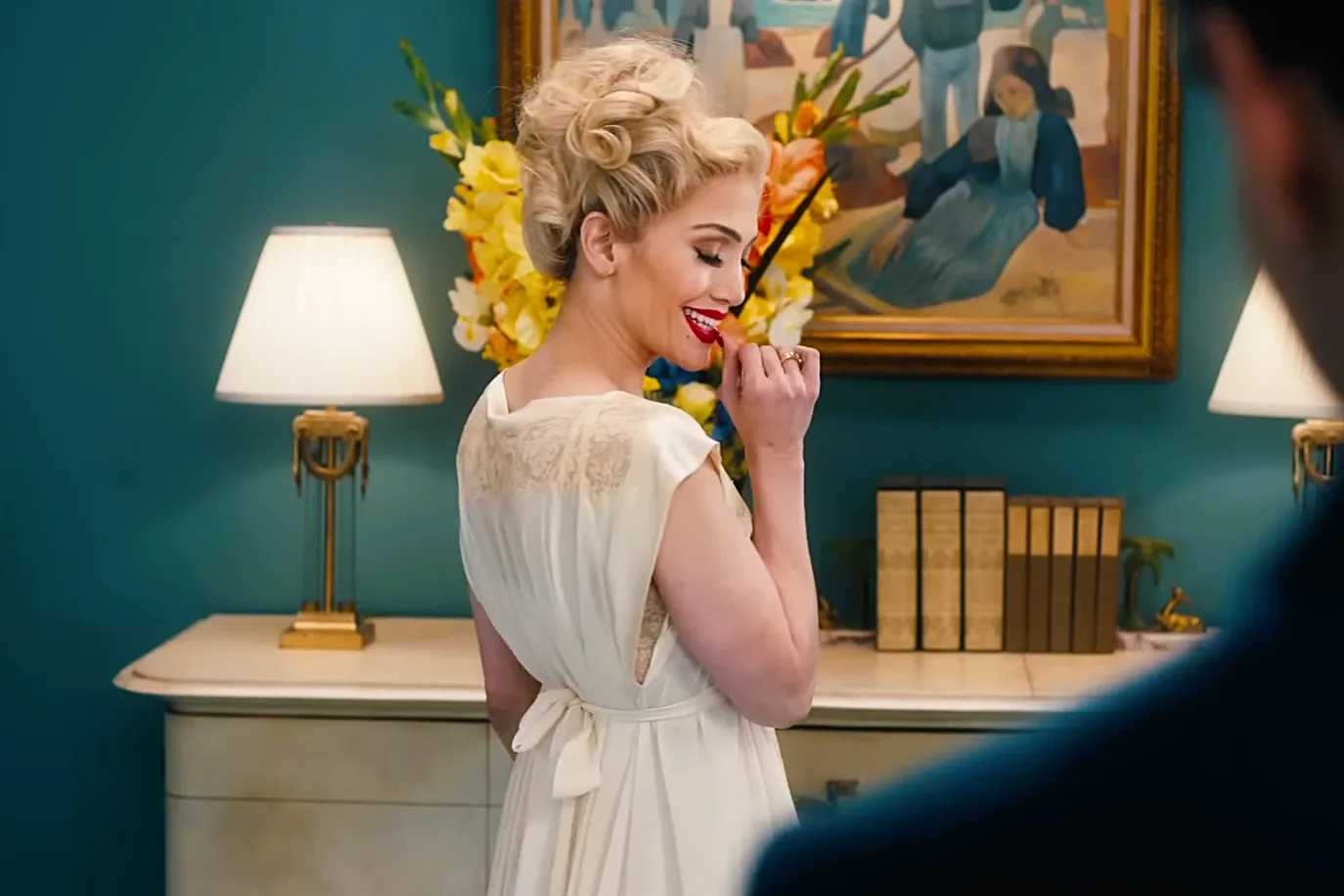
From its opening frame, the 2025 Kiss of the Spider Woman announces itself as something new. Where the 1985 film was a claustrophobic political drama, and the Broadway musical leaned into lush stage theatrics, Bill Condon’s version fuses both worlds realism and performance into one.
The tone is deliberately dual. The prison sequences are raw, tactile, and emotionally restrained, while the “movie-within-the-movie” segments starring Jennifer Lopez are dazzling, dreamlike, and choreographically elaborate. This blend of grounded grit and cinematic fantasy creates a constant tension between oppression and imagination.
Unlike the Broadway musical, where songs are sung by both prisoners and fantasy characters, the 2025 version keeps all musical numbers confined to the filmic fantasies imagined by Molina (Tonatiuh). These sequences unfold inside the mind of the imprisoned storyteller, making every musical number “diegetic” acknowledged as part of the story rather than spontaneous bursts of song.
This approach mirrors the technique Condon used in Chicago (2002), where musical numbers represented characters’ internal worlds. By limiting the music to Molina’s imagined cinema, the 2025 film amplifies the contrast between fantasy and reality.
Meanwhile, the 1985 film, directed by Héctor Babenco, featured no musical numbers at all. It relied entirely on dialogue and atmosphere to build emotional intensity. Roger Ebert described it as “a story of confinement and imagination,” but without the stylistic escapism the 2025 film embraces.
In short:
-
The 1985 film was a psychological drama.
-
The Broadway version was a sweeping musical.
-
The 2025 adaptation is both — but with a more cinematic and thematically cohesive vision.
READ MORE: Kiss of the Spider Woman Ending Explained
What Are the Key Story and Setting Changes in Netflix’s Kiss of the Spider Woman?
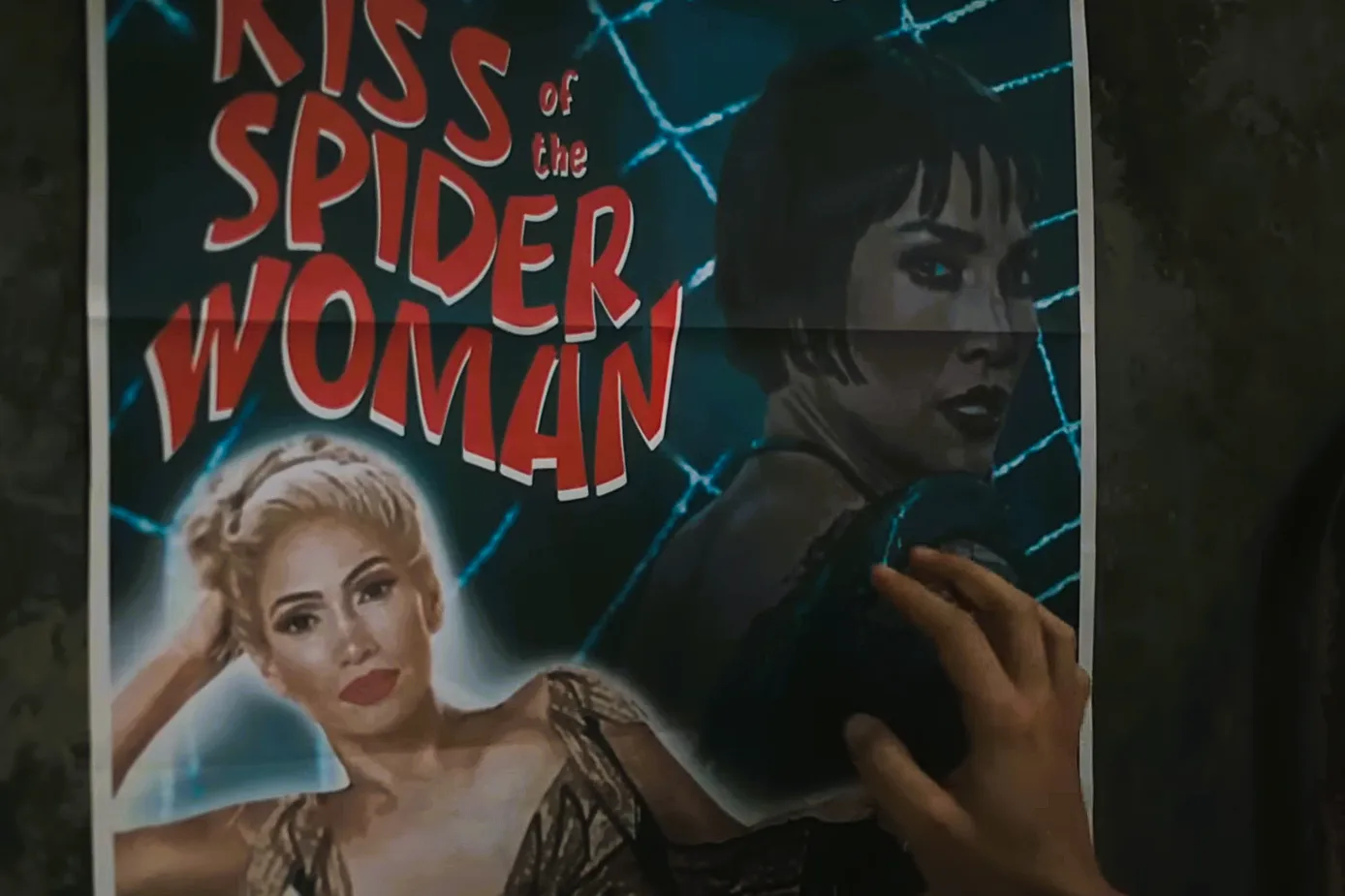
One of Bill Condon’s biggest departures lies in reclaiming the story’s Argentine roots.
The 1985 film relocated the setting to Brazil and left the political backdrop vague. The Broadway musical referenced Argentina but kept it abstract. In contrast, the 2025 Netflix adaptation anchors the narrative firmly in 1980s Argentina, amid the dictatorship’s repression and the “Dirty War.”
By restoring this setting, Condon reconnects the story to its source — Manuel Puig’s 1976 novel — which was deeply tied to Argentina’s history of censorship and political violence.
The backdrop of dictatorship adds urgency to Valentin Arregui’s (Diego Luna) revolutionary cause and makes Molina’s escapism through cinema even more poignant. The fantasy sequences aren’t just entertainment — they’re survival mechanisms, a way to endure an unendurable world.
The new adaptation also expands the political dimension subtly. Scenes of propaganda, surveillance, and whispered resistance give context to the prisoners’ isolation, grounding the film in a recognizable historical moment.
This balance between political realism and musical expression defines the 2025 version’s identity — not a nostalgic revival, but a reinterpretation for an era still grappling with authoritarianism and repression.
READ MORE: Kiss of the Spider Woman Cast — Who Plays Whom in the Netflix Series?
How Does Queer Representation Evolve in the 2025 Adaptation?
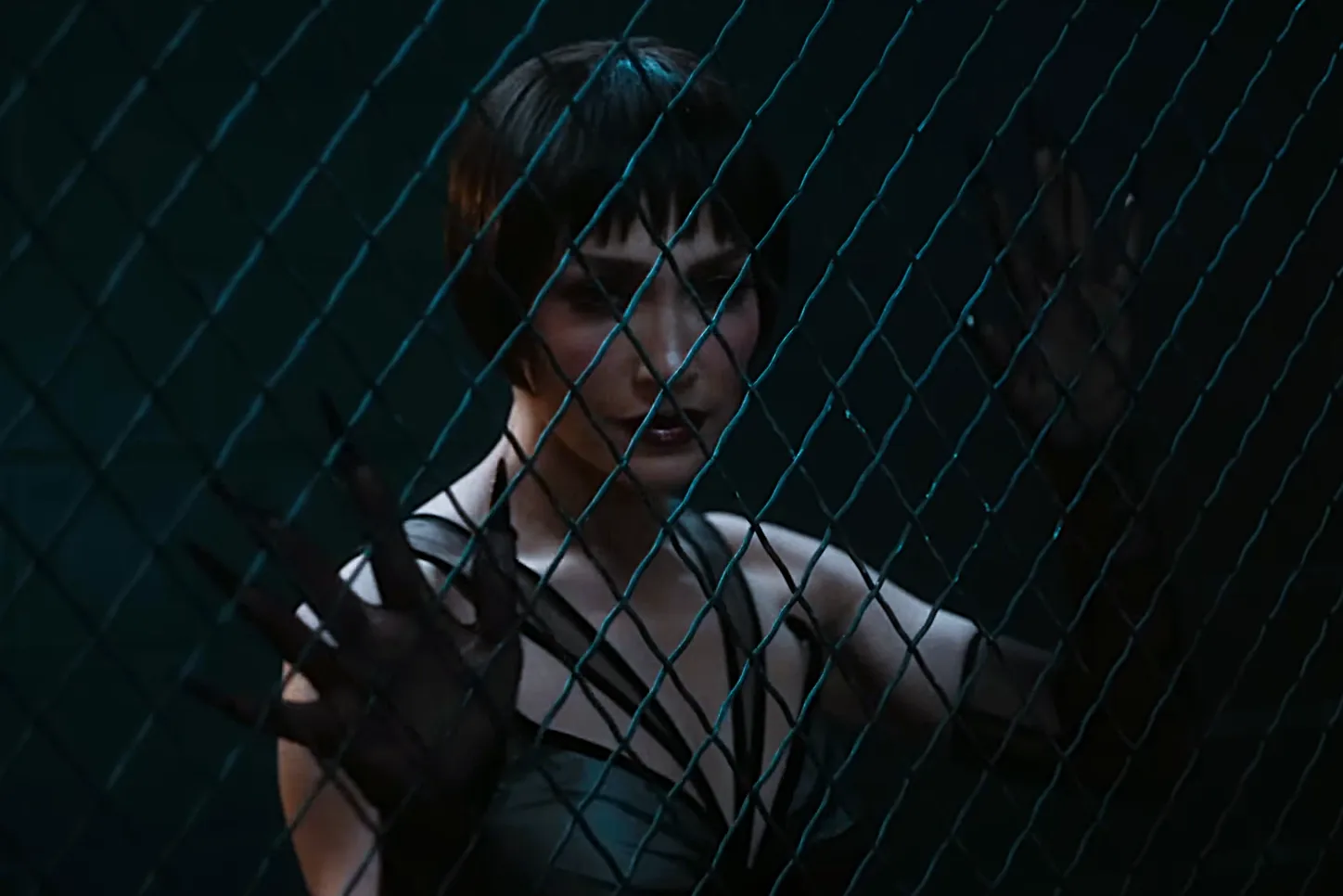
If the 1985 film hinted at queerness and the Broadway musical danced around it, the 2025 Netflix film confronts it head-on.
Tonatiuh’s Luis Molina is portrayed as openly queer and gender-fluid — confident, expressive, and emotionally complex. The film doesn’t filter his identity through tragedy or shame; instead, it presents it as an intrinsic part of his humanity.
Earlier versions treated Molina’s femininity as something fragile or misunderstood. William Hurt’s Oscar-winning portrayal in 1985, though groundbreaking at the time, was shaped by a heteronormative lens. In contrast, Tonatiuh’s performance reflects a 2025 sensibility — one informed by lived queer experience and the cultural freedom to portray it authentically.
The relationship between Molina and Valentin also evolves. Their emotional connection is more explicitly romantic and physically intimate than in past versions. What was once subtext becomes text: a love story built on vulnerability, not manipulation.
This change transforms the narrative’s core theme. Where the Broadway version suggested an unequal dynamic — Valentin using sex to persuade Molina — the new film reframes it as mutual recognition. Their intimacy becomes a form of rebellion, an act of tenderness amid tyranny.
Queer identity isn’t just represented in the story — it’s integrated into its emotional logic. As Tonatiuh noted in interviews, “Vulnerability is the price we pay to fall in love.”
How Is Jennifer Lopez’s Spider Woman Different from Sônia Braga’s Version?

Jennifer Lopez’s Ingrid Luna (aka Aurora, the Spider Woman) is not merely a symbol — she’s a full-fledged presence who shapes the film’s structure and tone.
In the 1985 film, Sônia Braga’s Spider Woman was ethereal — appearing only in Molina’s imagination, more myth than character. In the Broadway musical, the Spider Woman (Chita Rivera in the original cast) became a stage embodiment of death and seduction, commanding the story’s theatrical center.
Condon’s adaptation merges these interpretations but gives Lopez something new: agency.
Her Spider Woman isn’t just fantasy; she’s performance made flesh — glamorous, tragic, and powerful. Each of her song-and-dance numbers mirrors Molina’s inner struggles, with musical motifs that echo his longing for connection.
Lopez’s sequences — choreographed with a mix of classic Hollywood homage and Latin flair — serve as visual interludes that punctuate the film’s realism. Her character blurs the line between muse and mirror, embodying Molina’s escapism while foreshadowing his fate.
The result is a film where fantasy and reality coexist without contradiction. Lopez’s Spider Woman isn’t just a dream; she’s an extension of the story’s emotional truth.
READ MORE: Monster: The Ed Gein Story Debuts With Underwhelming Rotten Tomatoes Score
How Does the Netflix Adaptation’s Structure and Ending Compare to the Earlier Versions?

Perhaps the most radical differences lie in structure and ending.
Bill Condon splits the film into two alternating worlds — the stark prison reality and the dazzling cinematic fantasy. Each fantasy sequence reflects Molina’s inner state, growing darker or more vibrant depending on his circumstances.
The 2025 film trims several musical numbers from the Broadway score, keeping only those that reinforce character or theme. This gives the story more focus and emotional drive.
But it’s the ending that truly sets this version apart.
In both the 1985 film and Broadway musical, Molina’s death ends the story. In the stage version, he dies confessing love; in Babenco’s film, he’s shot off-screen after a futile act of heroism. Both endings suggest tragedy and futility.
In the 2025 Netflix version, Condon adds an epilogue that changes the tone entirely. Valentin is eventually released after the dictatorship’s collapse. In his final scene, he gazes upward, holding the scarf Molina gave him — a gesture of remembrance and love.
The story still ends in loss, but not despair. It becomes about continuity, about how memory and love outlast the systems that suppress them.
This change aligns with the film’s broader theme: art and affection as acts of defiance.
READ MORE: How Can Fans Watch Wicked: For Good 4 Days Early?
Why Does the New Kiss of the Spider Woman Matter Today?
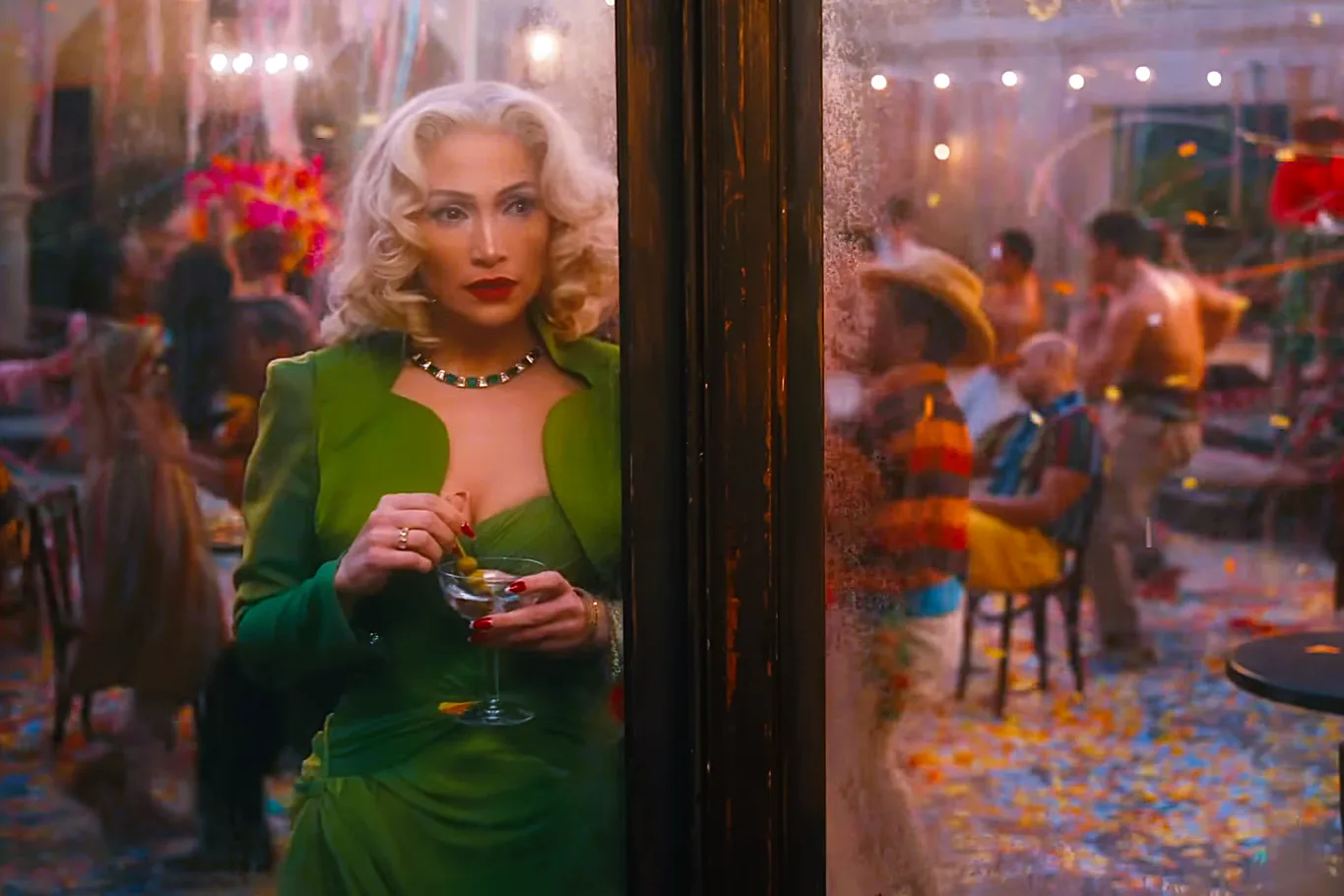
In 2025, a story about confinement, imagination, and identity resonates more strongly than ever.
Bill Condon’s adaptation doesn’t just update Kiss of the Spider Woman — it reclaims it for a generation more open to queer narratives, more attuned to global politics, and more skeptical of rigid boundaries between genres.
Its explicit queerness, Argentine political focus, and cinematic-musical hybrid make it a bold statement on how classic stories can evolve without losing their soul.
Jennifer Lopez, Diego Luna, and Tonatiuh lead a film that is both homage and reinvention — a conversation across decades about what it means to dream, to love, and to resist.
When and Where to Watch Kiss of the Spider Woman (2025)
The film was released in select theaters on October 10, 2025, through Roadside Attractions and Lionsgate, and is set to stream exclusively on Netflix later this year. The runtime is 2 hours and 8 minutes, and the film holds an R rating for mature themes and content.
Stay updated with the Latest News and Stories, follow us on our social media platforms.
You can follow us on:
Stay Connected!! Join our Whatsapp Channel


